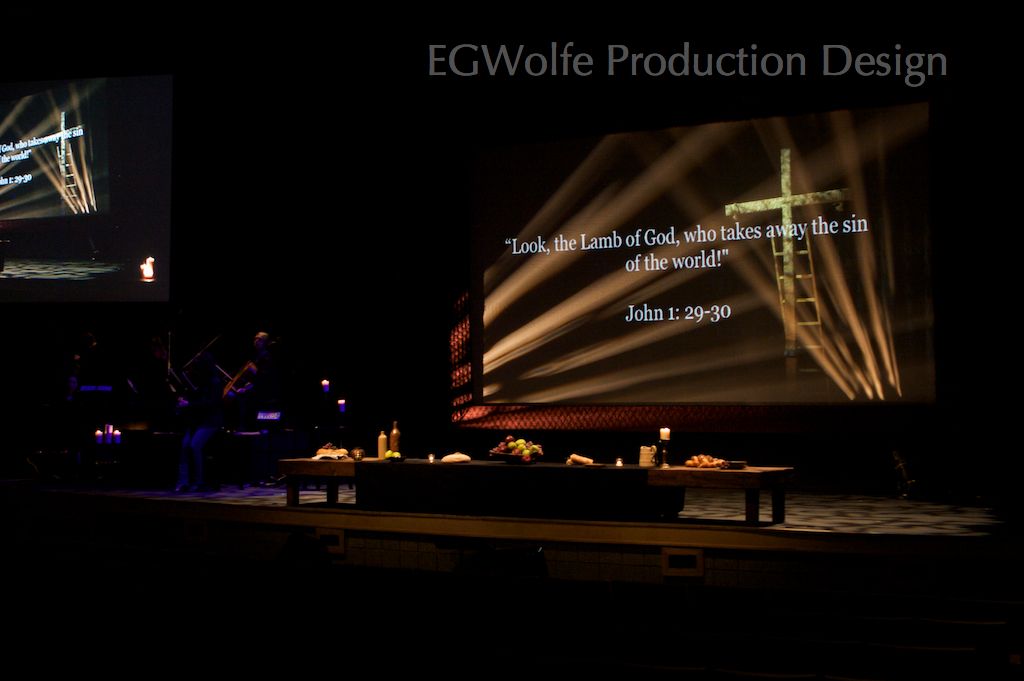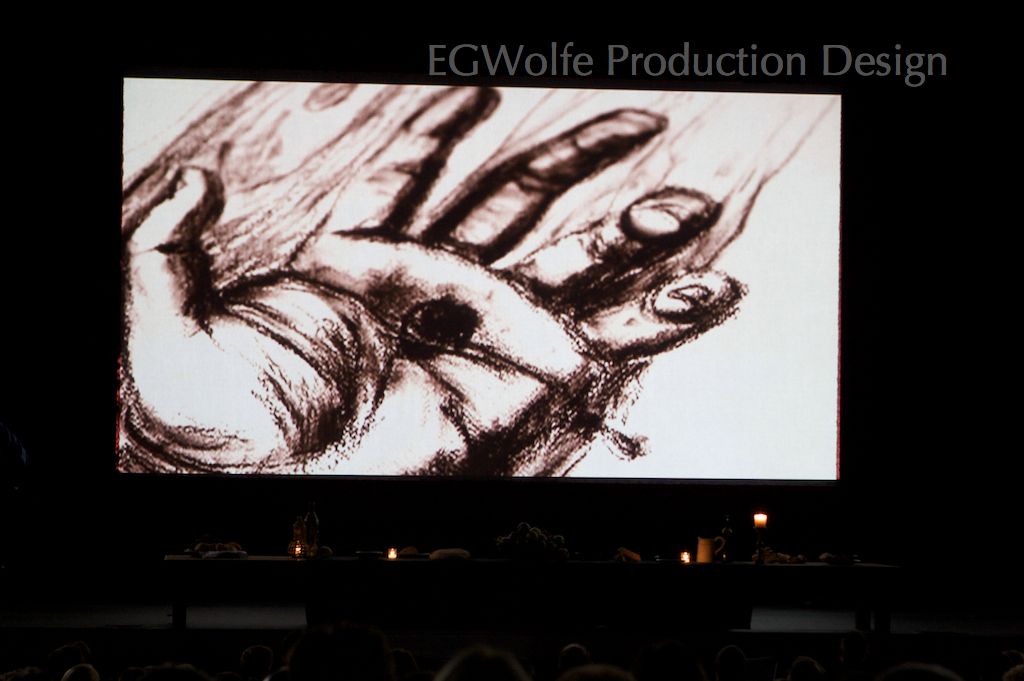The cue sheet (held in front of our walk-in look) that I sketched together this morning to accomplish today’s #lightingdesign

Posted on June 9th, 2013
The cue sheet (held in front of our walk-in look) that I sketched together this morning to accomplish today’s #lightingdesign

Posted on March 10th, 2013
The price point is also great, especially for multiple users.
Vectorworks is awesome, but is more (both in cost and complexity) than our workflow requires - especially with multiple users; most of whom are not "designing" but rather just laying out a plot.
There are many other programs I might consider writing about, but I'll leave this post with the above two mentions for now. Connect with me and I can share my workflow if you're interested…
Posted on February 19th, 2013


Posted on February 14th, 2013


Posted on December 2nd, 2012
This fun moment of our KRock kids program was part of a #lightingdesign in which I used every light in the rep-plot. Aside from some clever focusing and programming, we didn’t add anything more than we use on a typical Midweek or Weekend. #maximizer

Posted on August 21st, 2012

Posted on April 25th, 2011








Creative Director | Process Architect. Design Strategist. Leadership Coach.